In a rapidly changing geopolitical environment, the question of military preparedness has shifted from being a matter of strategy to a national imperative. With tensions simmering across India’s northern and western borders, a critical concern looms large: Is the Indian military truly prepared for a high-intensity, full-scale conflict—a hot war?
The answer, while nuanced, leans towards a troubling reality. Despite possessing one of the world’s largest standing armies and an expanding defense budget, significant operational and logistical shortfalls continue to constrain India’s warfighting capabilities.
The Indian Air Force: Flying Under Capacity
The Indian Air Force (IAF), historically seen as a pillar of national defence, is today grappling with a severe force deficit. As per current records, the IAF operates roughly 31 fighter squadrons, far below the 42 squadrons mandated by India’s own air superiority doctrine to manage a two-front war scenario against Pakistan and China.
This shortfall equates to a gap of over 200 combat aircraft—a critical void in a theatre where every sortie could tip the strategic balance.
Obsolescence is another mounting concern. While the IAF recently retired the MiG-21—a Cold War relic notorious for its crash rate—its replacement cycle remains sluggish. The much-celebrated indigenous Tejas Light Combat Aircraft (LCA) has faced repeated production delays, with Hindustan Aeronautics Limited (HAL) struggling to deliver the 83 Tejas Mk-1A jets sanctioned in 2021.
While Tejas holds promise as a fourth-generation multirole aircraft, it cannot yet serve as the backbone of India’s air strategy without a reliable, scalable production timeline.
Meanwhile, the Rafale fleet—36 in total—though technologically advanced, is numerically insufficient for high-end missions involving deep-strike precision, electronic warfare, and air dominance in contested spaces.
Compounding the issue is a severe shortage of trained pilots. The IAF’s pilot-to-aircraft ratio lags below the ideal 1.5:1, partly due to delays in simulator training for newer platforms like Rafale. In any high-stakes aerial campaign, where reaction time and tactical agility define success, this gap could prove disastrous.
The Bharatiya Sena: A Power with Potential, Undermined by Logistics
The Indian Army, or Bharatiya Sena, boasts 1.2 million active-duty personnel—the second-largest standing army in the world. But size alone does not determine effectiveness in modern warfare. War today is as much about logistics, supply chains, and firepower as it is about manpower.
A recent report by the Comptroller and Auditor General (CAG) painted a stark picture of India’s warfighting reserves. Critical shortages persist across artillery shells, tank ammunition, and anti-tank guided missiles (ATGMs)—all essential for sustained combat. The current stockpiles are sufficient for merely 10 days of intense conflict, as opposed to the minimum 40-day War Wastage Reserve (WWR) prescribed for a two-front war scenario.
This means that in the event of a protracted war, India may find itself running out of firepower while still engaged in combat—a potentially catastrophic scenario.
Artillery and Armour: A Modernisation Dream Deferred
India’s artillery modernisation programme is another area of concern. The aim was to equip the army with 1,500 new 155mm howitzers, including ultra-light and self-propelled variants. Yet only 145 M777 howitzers have been integrated into operational units to date. While these guns are strategic assets, especially for rapid deployment in mountainous terrain, the scale falls short of requirement.
Similarly, delays in the indigenous Arjun tank and limited procurement of the Russian T-90 have left Indian armoured corps without the critical mass needed for large-scale mechanised warfare. In a potential conflict with Pakistan across the western plains, armour and artillery would be decisive—and right now, India’s firepower edge looks fragile.
Underdeveloped Border Infrastructure: The Hidden Weakness
Military readiness does not only reside in equipment and personnel—it is also about geography and mobility. India’s border infrastructure, especially along the Line of Control (LoC) with Pakistan and the Line of Actual Control (LAC) with China, remains underdeveloped in many sectors.
Compared to China’s impressive network of roads, tunnels, and airstrips near the LAC, India’s logistical supply chain is often hindered by terrain, poor infrastructure, and weather. The lack of hardened shelters, underground bunkers, and rapid deployment bases near LoC areas has long been a strategic disadvantage.
This not only restricts troop mobility but also leaves forward posts vulnerable to precision-guided strikes and artillery salvos from across the border.
Intelligence, Surveillance & Reconnaissance (ISR): The Missing Link
In today’s battlespace, real-time intelligence is the first line of defence. Unfortunately, India still lags in integrating a comprehensive ISR infrastructure.
Drones, satellite imaging, and battlefield surveillance radars are essential for monitoring enemy movements, coordinating strikes, and executing precision warfare. Yet, Indian forces often rely on reactive intelligence, giving adversaries a crucial edge in speed and manoeuvre.
Pakistan’s investment in tactical battlefield awareness, asymmetric warfare, and low-cost drone capabilities has given it an ability to probe weaknesses and inflict tactical setbacks—especially in LoC and hinterland skirmishes.
Are We Ready for a Hot War? The Verdict
A hot war, by definition, is not a limited skirmish. It involves high-intensity, continuous engagements with massive firepower, air support, and combined arms operations over weeks or months.
Despite its immense potential and commendable professionalism, the Indian military is not fully prepared for such a conflict—at least not yet. Gaps in fighter squadrons, inadequate ammunition reserves, delays in platform induction, and infrastructural weaknesses collectively constrain India’s capacity to dominate in a high-stakes kinetic confrontation.
From the skies to the trenches, from radar stations to logistics depots, India’s military preparedness is stretched. And in a two-front war scenario—facing simultaneous threats from Pakistan and China—this deficit could turn a strategic contest into a national crisis.
The Path Forward: Rebuilding Readiness
Acknowledging these challenges is not a sign of weakness but a call for reform. The way forward lies in:
- Accelerating defence procurement: Streamlining acquisition processes and ensuring fast-tracked induction of critical assets like fighter jets, artillery, and ISR platforms.
- Enhancing indigenous production: Make in India must evolve from slogans to factories that deliver, especially in aviation, ammunition, and electronics.
- Expanding pilot and soldier training: Human capital remains India’s greatest strength. Increasing simulator hours, joint exercises, and mission-specific training is vital.
- Modernising border logistics: Roads, bunkers, shelters, and rapid deployment infrastructure must become a strategic priority, especially along LoC and LAC sectors.
- Strengthening war reserves: Ammunition stockpiles and logistics hubs must be scaled to meet WWR targets without delay.
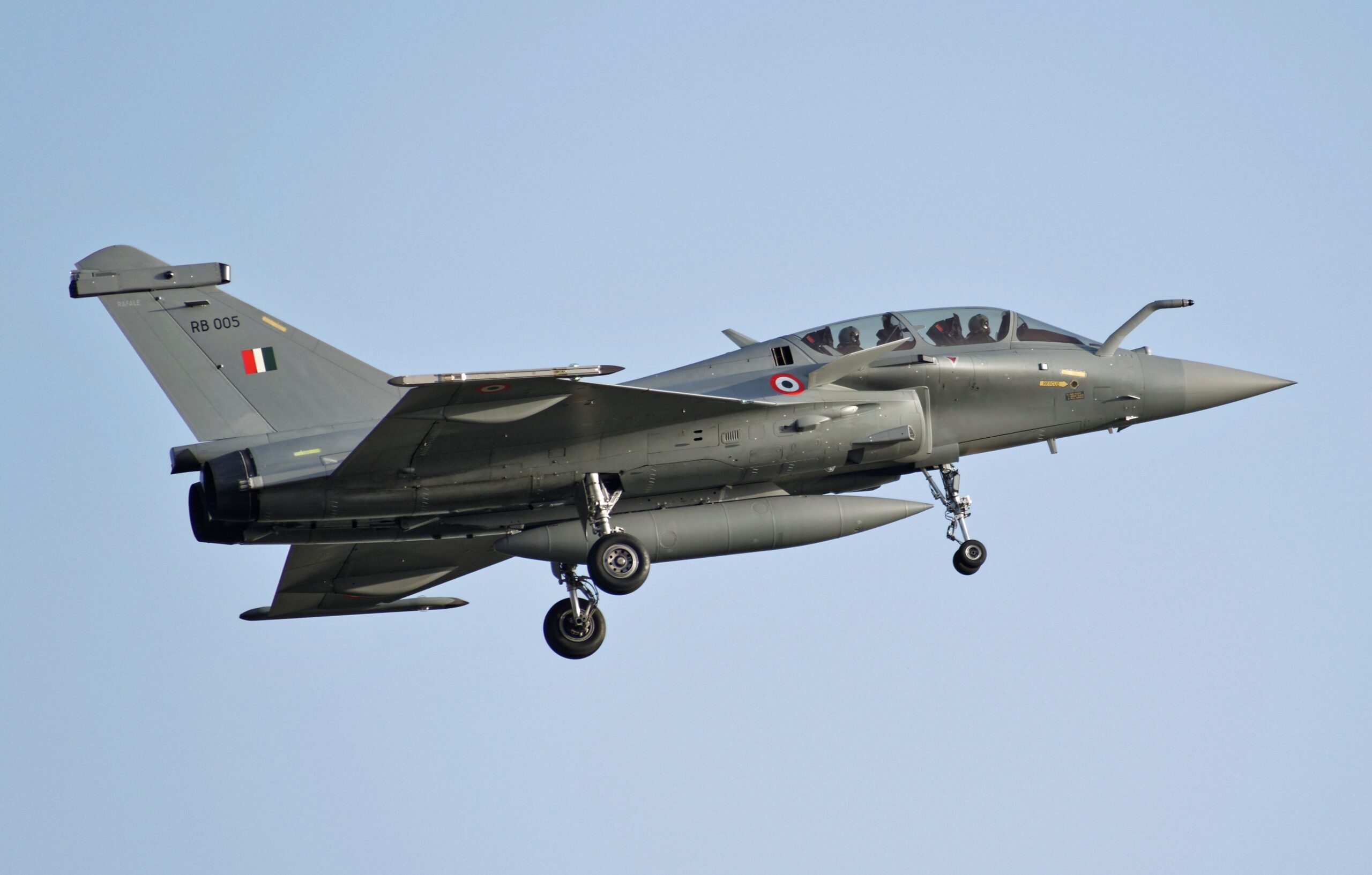
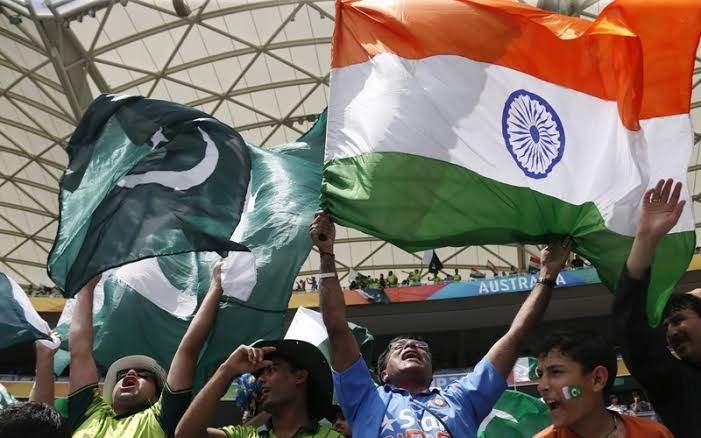
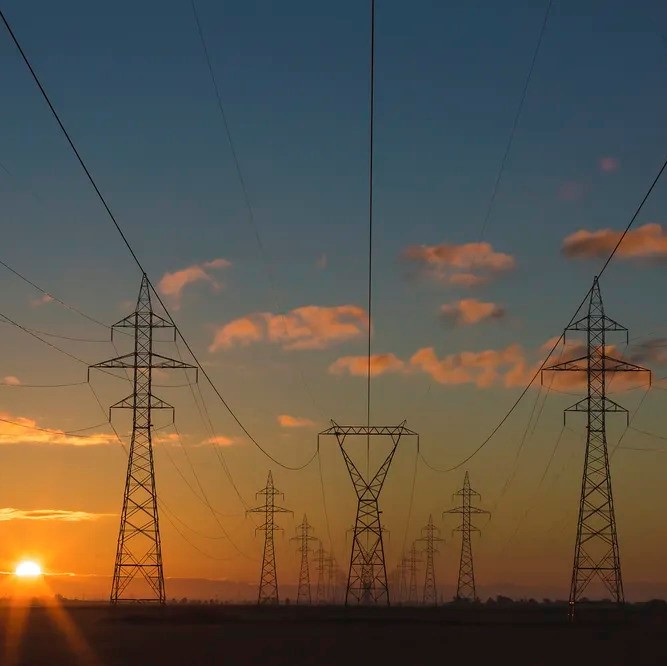
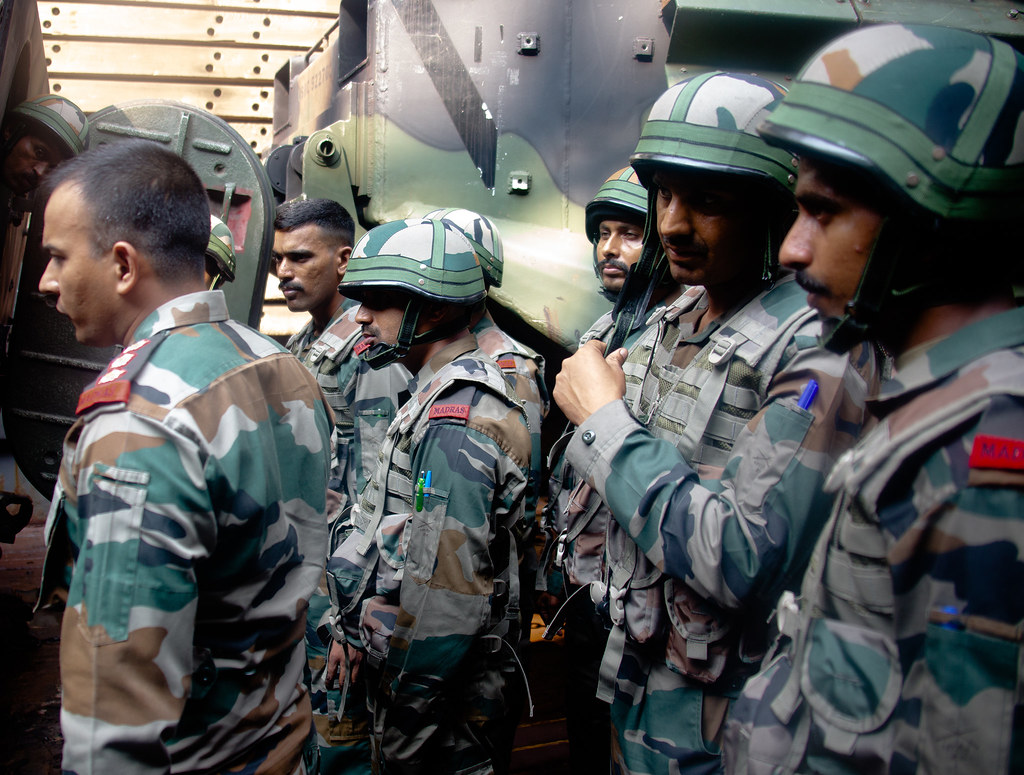
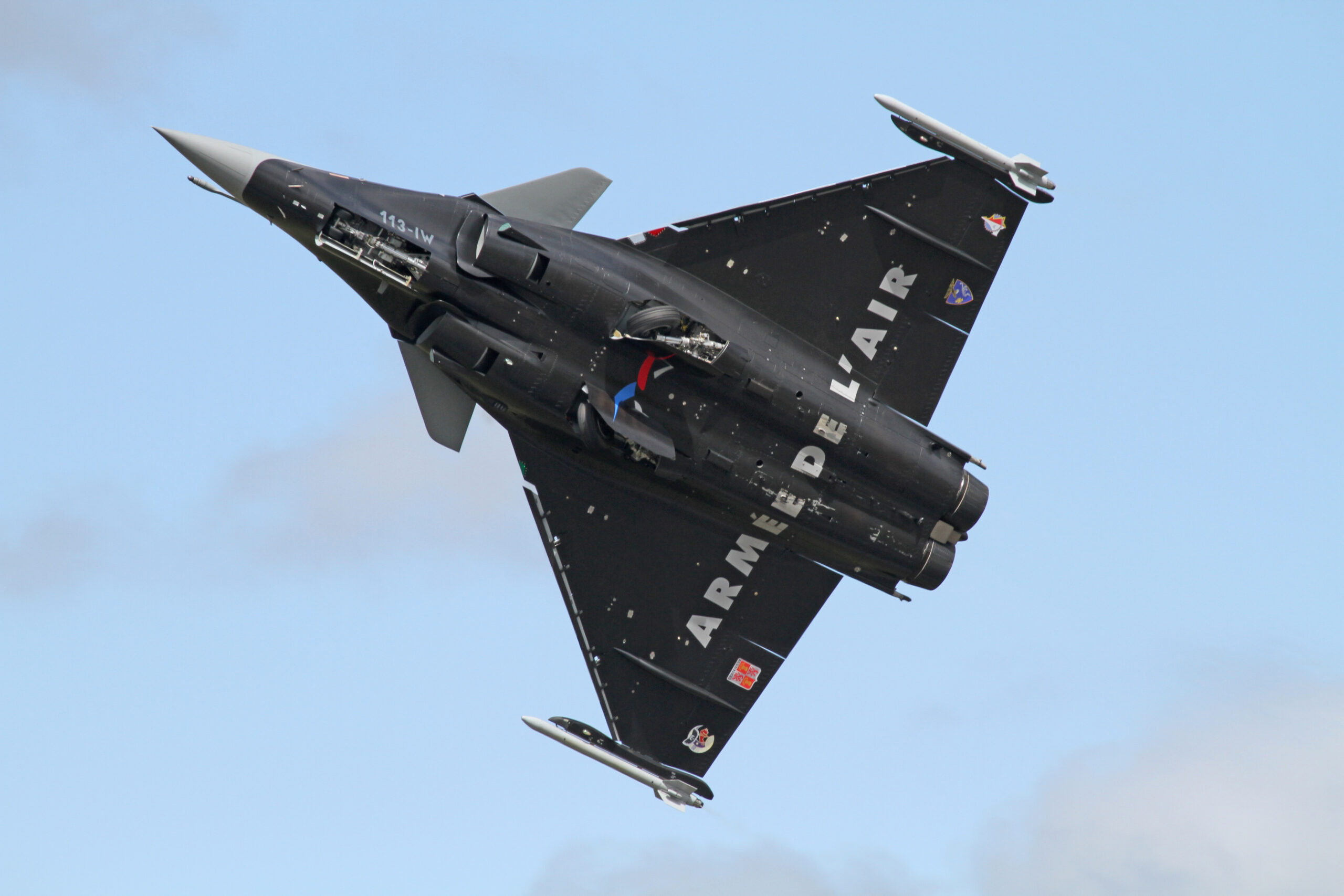
One thought on “Is India’s Military Ready for a Hot War? A Sobering Reality Check”